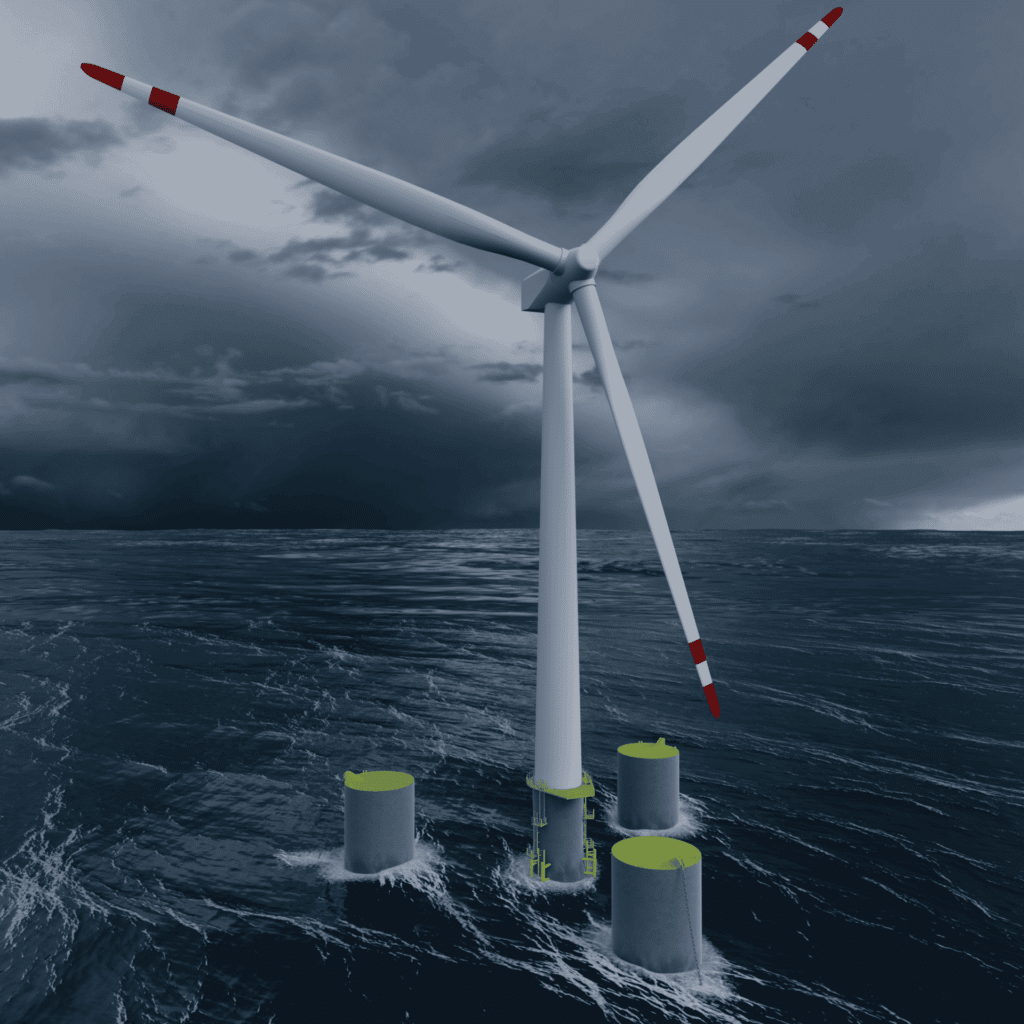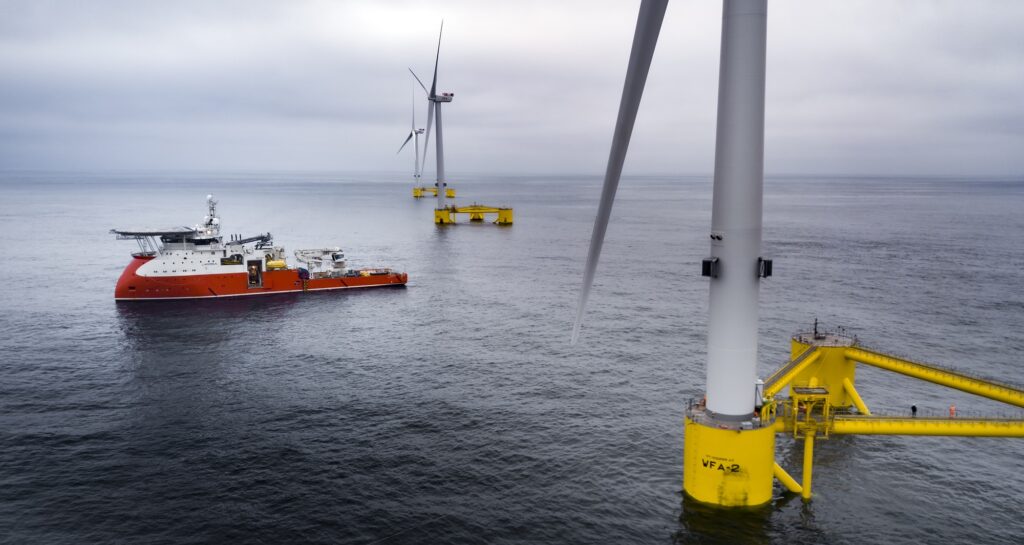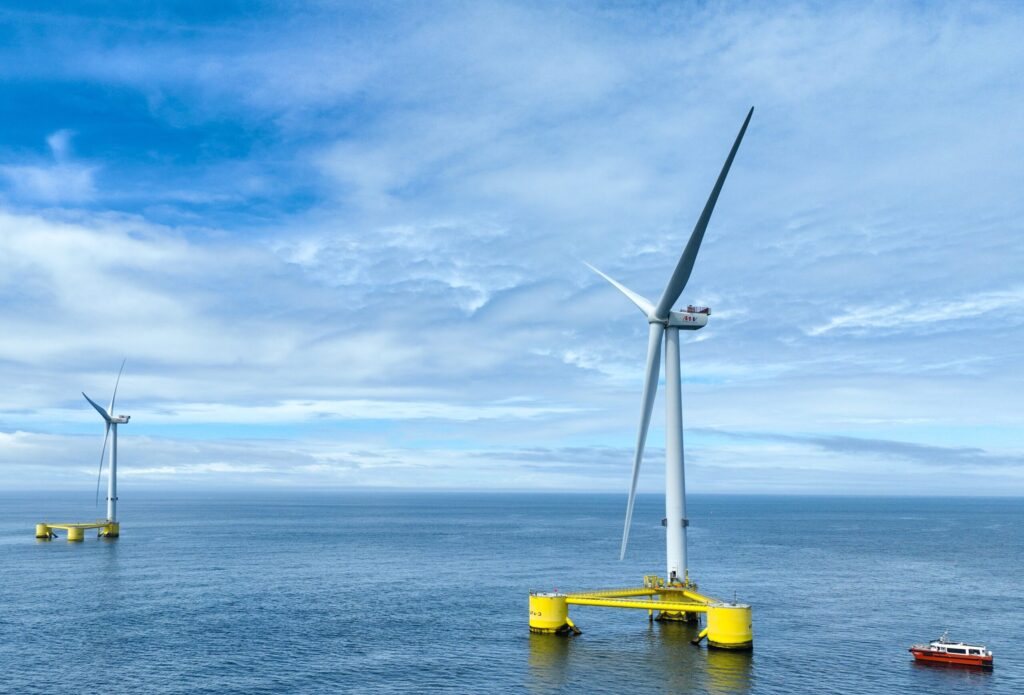Floating wind substructure designs are typically based on concepts used in the offshore oil and gas industry. These oil and gas concepts involved the use of both steel and concrete as the primary substructure material, and this is also the case for floating wind. As with bottom-fixed wind, however, the floating wind industry has typically focused on the use of steel for substructure manufacture. This means that there is limited information in the public domain about the supply chain’s capacity and capability to deliver concrete substructures.
In the context of the rapid growth of the floating wind market in Scotland, this study seeks to understand the potential for the Scottish supply chain to manufacture concrete floating offshore wind substructures.





